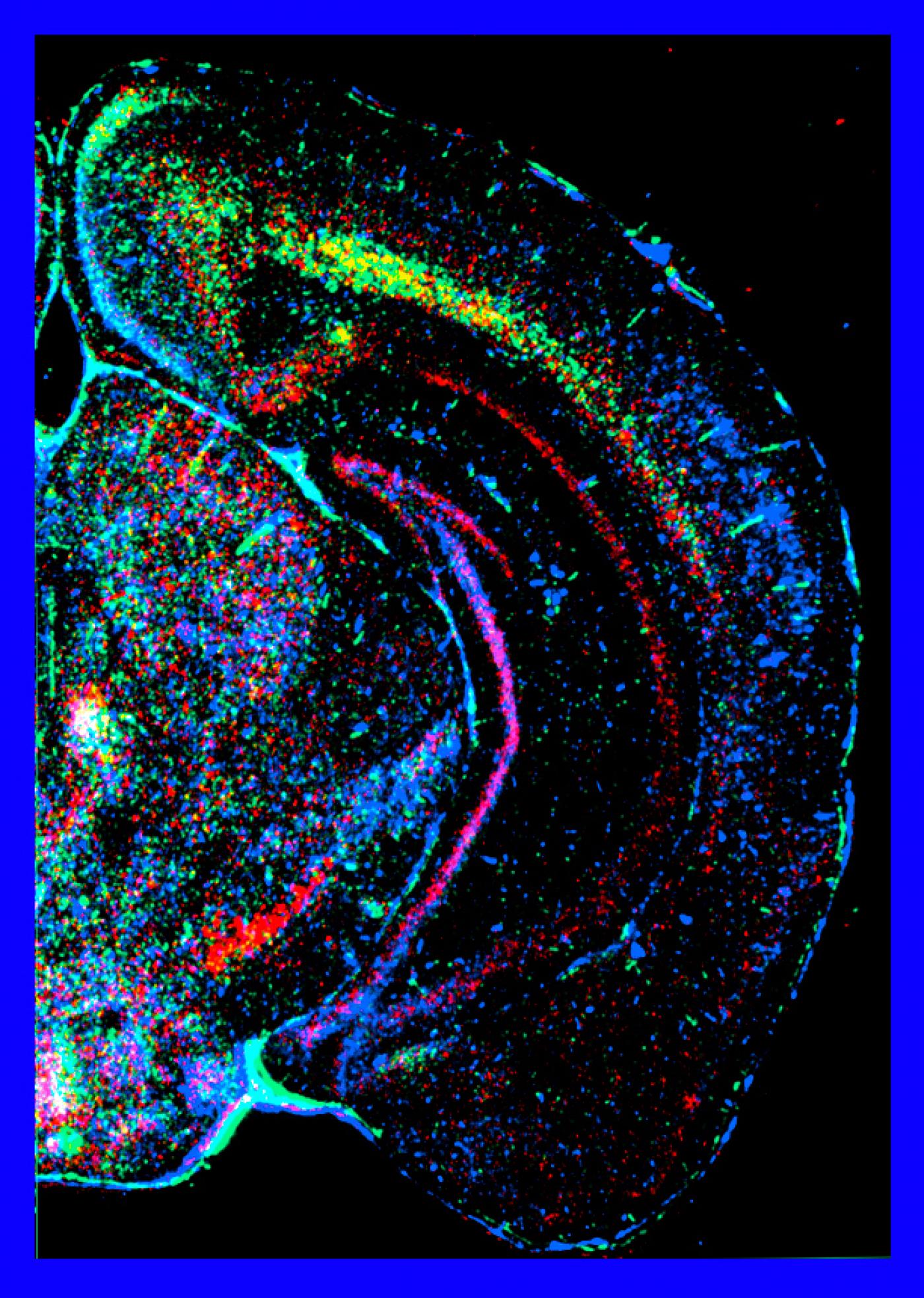This event has reached capacity and is currently at waitlist. Those on the waitlist will be admitted as space allows.
The brain is the most incredible computational machine imaginable. There are over one trillion nerve cells in the brain, and each cell can make 10,000 synaptic connections with other nerve cells. How are connections wired up during development? The wiring problem is solved sequentially first by forming a basic scaffold of connectivity according to genetic blueprints: strict molecular cues enable growing nerve connections to follow appropriate pathways to their correct target regions. Then, once this basic scaffold of connectivity forms, the exact details of each circuit emerge by pruning and sculpting synapses from the immature pattern of connections. The decision-making process that determines which synaptic connections remain and which are pruned is also genetically specified but in this case requires brain function. Even before birth, the brain generates its own internal neural activity patterns to jump-start the sculpting process. After birth once sensory systems, such as the eyes and ears, become mature enough, experience of the external world takes over to influence brain wiring during developmental critical periods. Neural activity and sensory experience regulate the expression of sets of genes including several previously thought to act only in the immune system. These activity-regulated genes- including Major Histocompatibility Class I family members and Paired immunoglobulin-like receptor B- are required in neurons for pruning and sculpting synapses during development. Unexpectedly, they may also contribute to excessive synapse pruning in Alzheimer’s disease. Thus, the baby's brain is not a miniature version of the adult, but rather is a dynamically changing structure in which neural activity and experience ultimately select and stabilize essential details of neural circuitry that make each of us different from one another.
Dr. Shatz’s research aims to understand how early developing brain circuits are transformed into adult connections during critical periods of development. Her work, which focuses on the development of the mammalian visual system, has relevance not only for treating disorders such as autism and schizophrenia, but also for understanding how the nervous and immune systems interact. Dr. Shatz graduated from Radcliffe College in 1969 with a B.A. in Chemistry. She was honored with a Marshall Scholarship to study at University College London, where she received an M.Phil. in Physiology in 1971. In 1976, she received a Ph.D. in Neurobiology from Harvard Medical School, where she studied with Nobel Laureates David Hubel and Torsten Wiesel. During this period, she was appointed as a Harvard Junior Fellow. From 1976 to 1978 she obtained postdoctoral training with Dr. Pasko Rakic in the Department of Neuroscience, Harvard Medical School. In 1978, Dr. Shatz moved to Stanford University, where she attained the rank of Professor of Neurobiology in 1989. In 1992, she moved her laboratory to the University of California, Berkeley, where she was Professor of Neurobiology and an Investigator of the Howard Hughes Medical Institute. From 2000-2007 she was Chair of the Department of Neurobiology at Harvard Medical School and the Nathan Marsh Pusey Professor of Neurobiology. Dr. Shatz has received many awards including the Gill Prize in Neuroscience in 2006. In 1992, she was elected to the American Academy of Arts and Sciences, in 1995 to the National Academy of Sciences, in 1997 to the American Philosophical Society, in 1999 to the Institute of Medicine, and in 2011 she was elected as a Foreign Member of the Royal Society of London. Dr. Shatz was awarded the Gerard Prize in Neuroscience from the 40,000 member Society for Neuroscience, and in 2015, the Gruber Prize in Neuroscience. In 2016, she was the recipient of the Champalimaud Vision Prize, and the Kavli Prize in Neuroscience for the discovery of mechanisms that allow experience and neural activity to remodel brain circuits.
This lecture will take place on the 9th Floor Lecture Hall (L9-065) of the Jerome L. Greene Science Center. Reception to follow.
Registration required.
